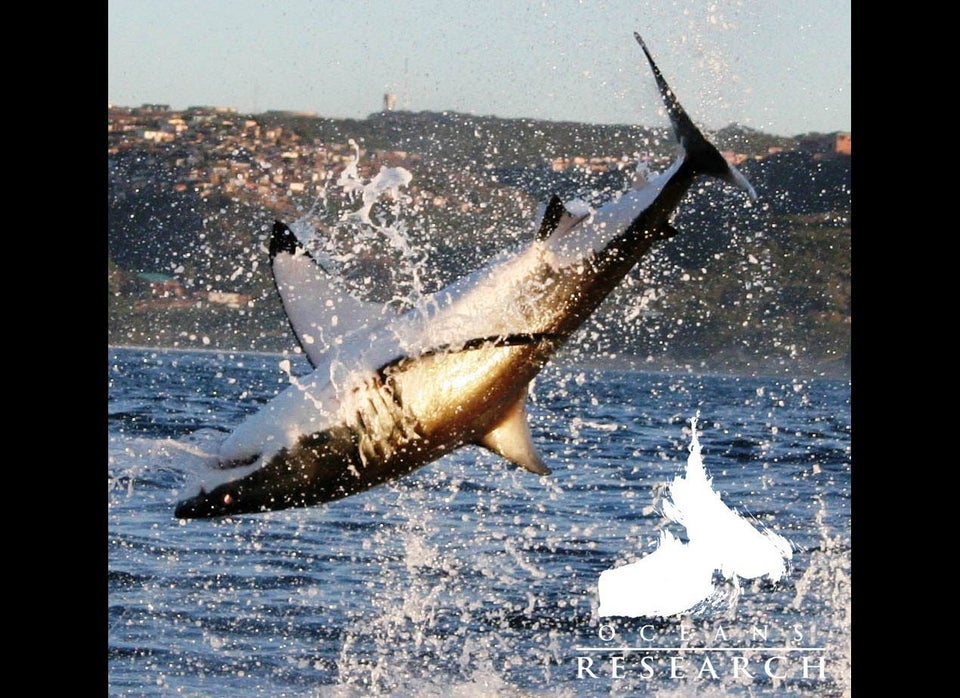The white shark is a marine apex predator that is able to maintain biodiversity through direct and indirect predation effects and this represents a keystone species essential to the functioning of coastal marine ecosystems. As is the case with most sharks, the white shark is characterised by a k-selected life history i.e. it is a slow-growing, late-maturing, and long-lived species with low fecundity. Despite its circum-global distribution, many aspects of the basic biology of white sharks are still poorly understood.
South Africa is internationally recognized as one of the global centres of abundance for white sharks, and hosts a genetically distinct population from those found in the North Atlantic and Australasia. White sharks actively migrate along the entire South African coast and between identified aggregations sites, i.e. False Bay, Gansbaai, and Mossel Bay. South Africa thus hosts a metapopulation with movement between the different local populations.
Threats, both direct and indirect are anthropogenic in nature. Direct threats to this species includes incidental bycatch by fisheries, and targeting for sports fishing, the curio trade (jaws, teeth, meat and fins), and bather protection meshing installations (natal shark board). Indirect threats encompass the degradation of inshore habitats as a result of coastal development and the decline in prey species, particularly teleosts prey (bony fish) due to over-fishing. however, the largest indirect threat to white sharks in South Africa arises from public pressure to remove its protection status due to occasional shark-human accidents. [Text continues below photos.]
Photos courtesy of Oceans Initiative.
From Rabia Ryklief of Oceans Research:
The white shark is a charismatic predator at the top of the food chain. With its stealth and charm, it has managed to evoke the entire spectrum of emotions in people, ranging from debilitating fear all the way through to pure infatuation. Film and media have largely contributed to the “killer image” of this misunderstood species, yet from close-up the impression is quite the contrary.
Each time I go out sampling and encounter these magnetic creatures, I see only their beauty. Watching them swim around the boat, passively, inquisitively, subdued with grace, I cannot comprehend how anyone could possibly feel anything but admiration and fascination towards them. Although my views may seem biased, it is something that you can only witness for yourself.
My research falls under the umbrella Project Great White Shark and is specifically concerned with investigating the population dynamics of this species. This is an ongoing study that started in 2008, however, I only came into the picture in 2010 when I started my MSc in Zoology. The main aims of the study are:
To produce annual population estimates
To define the population structure i.e. size classes and sex ratios
To investigate seasonal and spatial patterns in abundance
I have identified a total of 312 unique sharks from 2008 to present. As the study is still underway, preliminary investigations have only analysed data from 2008 to 2010, during which 272 unique sharks were identified. Using sight-resight analyses, a population estimate of 355 sharks were estimated to use Mossel Bay during the three years.
From these preliminary results, the white shark may be rarer than popularly perceived. Although we cannot infer any population trends just yet (long-term data sets are required for this), we can still gain insight into the inter-annual variability in abundance. From a global perspective, population metrics have recently been established at aggregation sites off Central California (US) and Guadalupe Island (Mexico), placing pressure on South Africa to produce baseline data of its own.
As all sampling is boat-based, the weather plays a significant role in determining whether we may leave the harbour or not. Thankfully, the weather is quite accommodating in Mossel Bay and we have an average of 15 trips per month. Sometimes sea conditions can be quite rough, at which point I try my hardest to contain myself -– unfortunately, I suffer from mild sea sickness. And occasions when the water visibility is poor, it makes collecting data quite challenging. However, the trip is more eventful as the sharks are more playful on the bait, having the upper hand. As with all research, there are those quiet days when your sample-species is simply un-phased by your eager attempts of attraction, but despite all these trivial matters, there is nothing more humbling than being out on the ocean surrounded by that expansive beauty.
